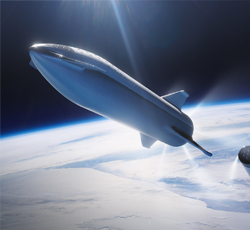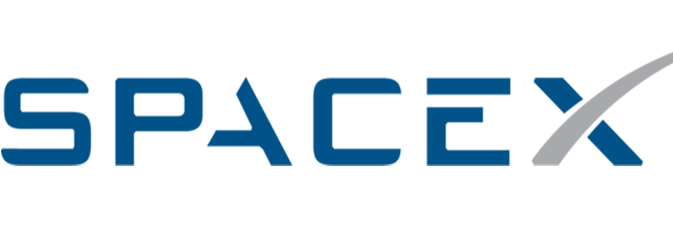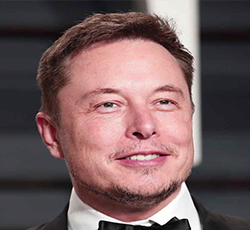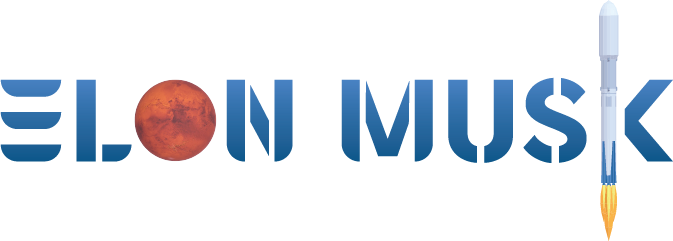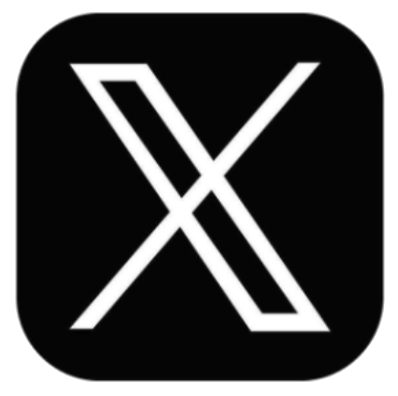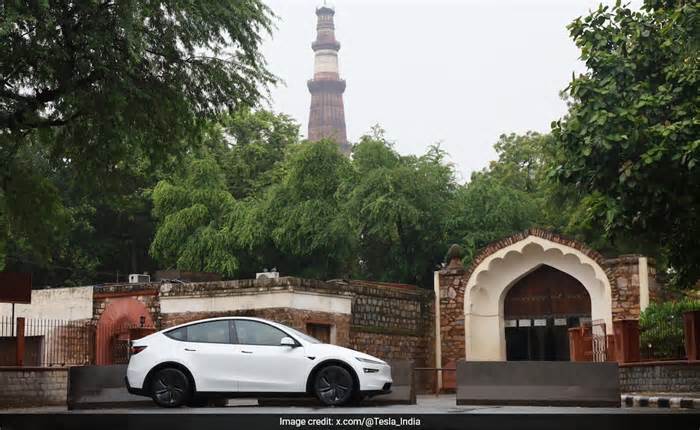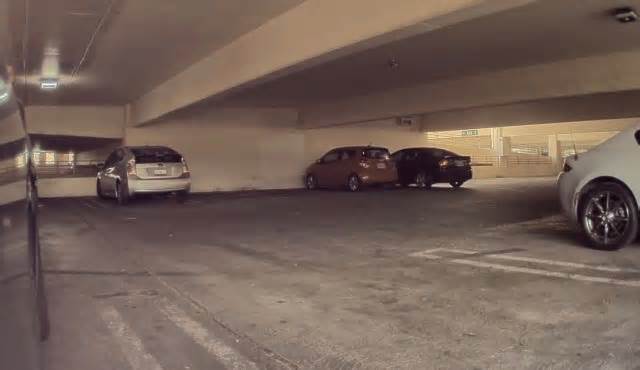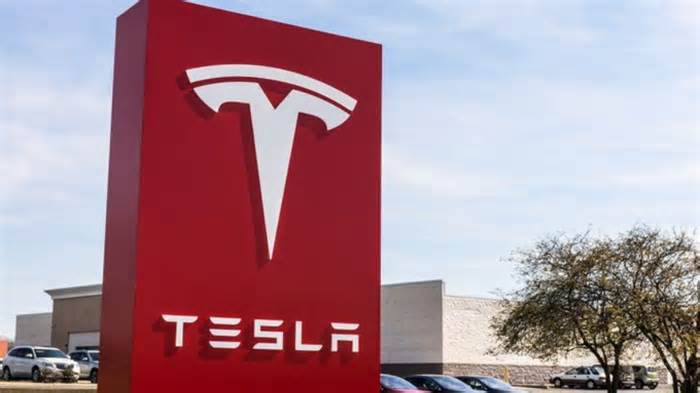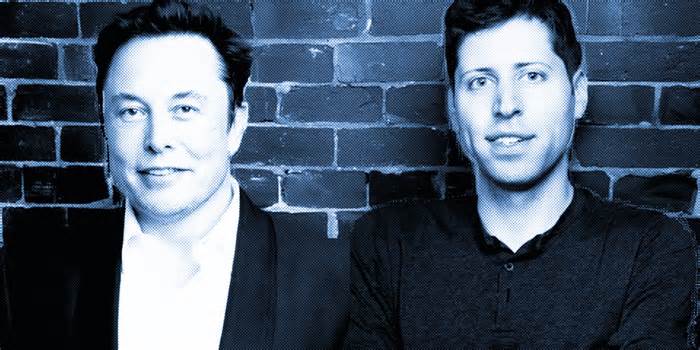
Amazon’s $140 million Space Coast investment begins to pay off
- by Orlando Sentinel
- Jul 24, 2025
- 0 Comments
- 0 Likes Flag 0 Of 5
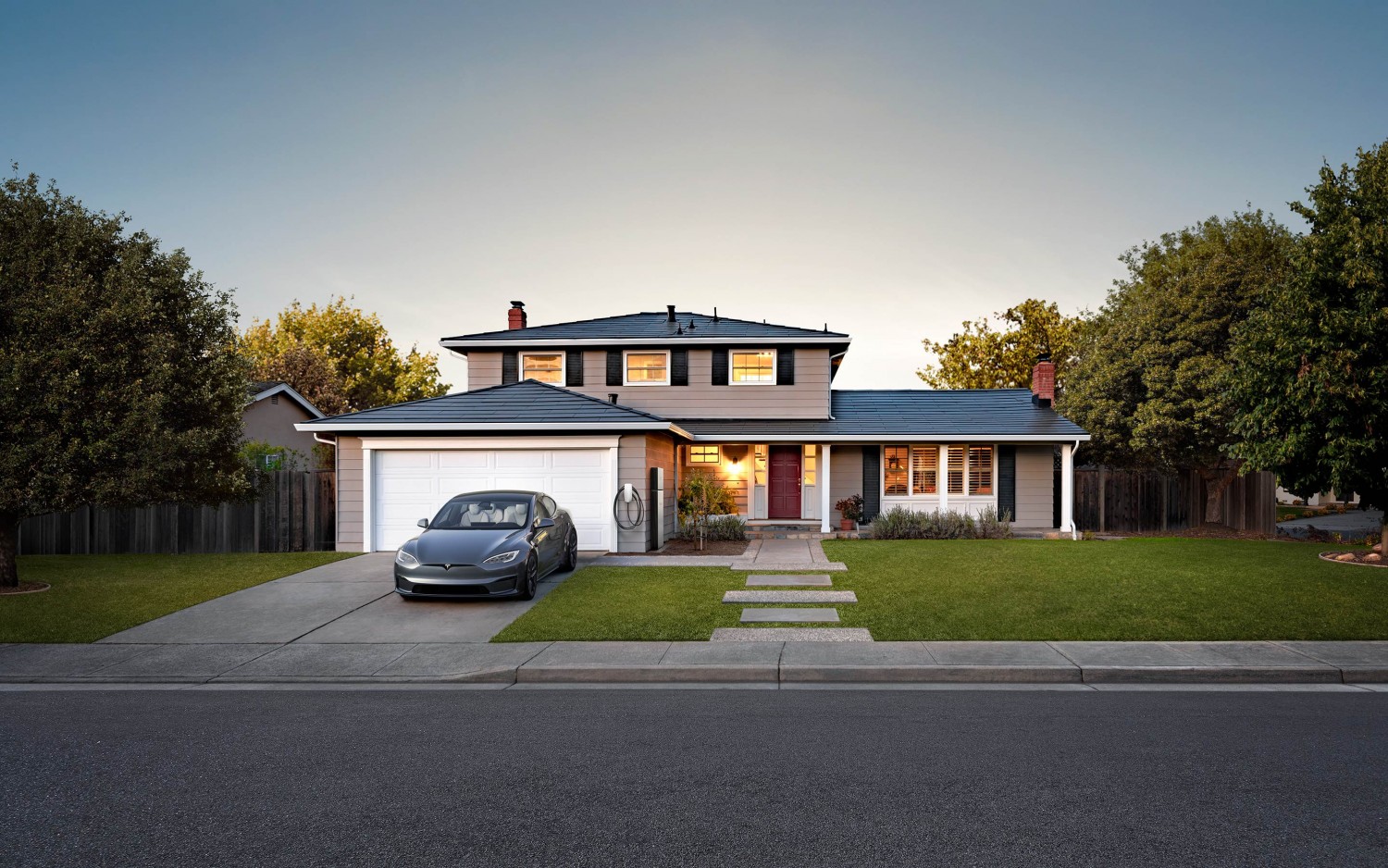
An encapsulated fairing is moved through a 100-foot-tall high bay door at Amazon's 100,000-square-foot satellite processing facility at Kennedy Space Center that began operations to support the first Project Kuiper launches in 2025. (Courtesy/Amazon)
Expand
So far, the launches from two ULA and single SpaceX mission have stuck 78 of the satellites into orbit, meaning another 1,540 need to be up by July 31, 2026 to reach the FCC’s halfway benchmark.
ULA has six more Atlas V launches on tap with a capacity for 27 each while SpaceX can add another 24 each with its two other Falcon 9 launches, which means 1,330 will need to be handled by Vulcan, New Glenn and Ariane 6. All three have larger capacities, but only Vulcan is close to flying on a regular basis having already launched twice.
Amazon has 38 Vulcan launches under contract as well as 12 for Blue Origin’s New Glenn with an option to purchase 15 more. Ariane 6 has 18 launches under contract.
The larger Vulcan will be able to fit about 45 of the Project Kuiper satellites, meaning if ULA alone were to try and launch the final 1,330 more needed in the next year, it would take at least 30 launches on top of the five Atlas V launches. That’s on top of a heavy spate of backlogged national security missions ULA will need to fly as well.
ULA has said it hopes to get up to a rate of two launches per month across all customers, but won’t hit that pace until the end of next year.
Either Blue Origin and Arianespace will need to begin launches for Amazon in the next 12 months, or Amazon will need augment its launch order with more help from SpaceX or other providers. It’s possible the Federal Communications Commission could relax its license demands as well.
The satellites are manufactured in Kirkland, Washington at a pace of five per day, which is fast enough to support the needs put in place by the FCC. They are then shipped to Florida for final preparations.
At full capacity, the processing facility can prep more than 100 satellites per month, Amazon stated, supporting three missions simultaneously. Amazon also is continuing construction on a $19.5 million expansion to the site that will increase the pace.
Final preps include loading each satellite with krypton propellant, loaded them into a dispenser system to be used once in space, and placed into one of three encapsulation bays to be put into whichever rocket company’s fairing, or nosecone, is needed. They are then transported to Cape Canaveral to either SLC 40 for SpaceX, SLC 41 for ULA or LC 36 for Blue Origin.
The next mission is already prepped and ready, Amazon stated, but whether that’s with ULA or SpaceX has not been announced.
Amazon says its facility has added 130 jobs on the Space Coast since 2024, and ULA has added to the economic impact as well by building out at second vertical integration facility at SLC 41.
“There is no better place than Florida’s Space Coast to fulfill Kuiper’s promise to bring broadband to unserved and underserved across the nation and world,” said Brian Huseman, Amazon’s vice president for public policy and community engagement. “We are proud to make investments in Florida that will impact the local community and ultimately our customers.”
Originally Published:
Please first to comment
Related Post
Stay Connected
Tweets by elonmuskTo get the latest tweets please make sure you are logged in on X on this browser.
Sponsored
Popular Post
Sam Altman's OpenAI Takes On Elon Musk's Grok in AI Chess Tournament Final - Who Won?
28 ViewsAug 09 ,2025




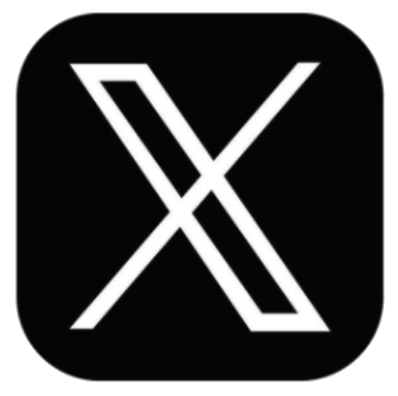

 Energy
Energy